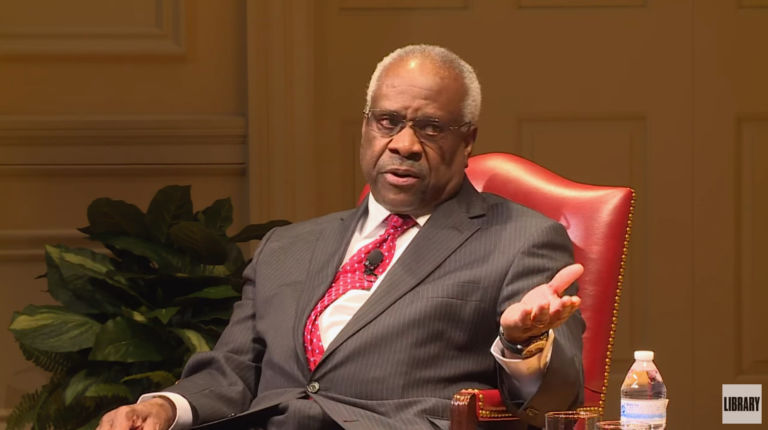A lot of people are angry with the members of the jury in the Kate Steinle case. They can understand how the jury might have found five-times deported illegal immigrant Garcia Zarate innocent of murder, but they can’t understand how the jury could have found him innocent of manslaughter as well. In an informative piece at RedState.com, however, Sarah Rumpf suggests that, instead of blaming the jurors, the public ought to be blaming the police and the prosectors instead:
The prosecutors were under tremendous political pressure. People wanted Kate Steinle’s killer’s head on a platter, even before Donald Trump ever tweeted her name.
So it’s not that surprising that “San Francisco prosecutors told the jury that Garcia Zarate intentionally brought the gun to the pier that day with the intent of doing harm, aimed the gun toward Steinle and pulled the trigger,” … [or] that the Assistant District Attorney also “spent much of the trial seeking to prove the gun that killed Steinle couldn’t have fired without a firm pull of the trigger.”
This seems to be a classic example of prosecutorial overreach. They pushed hard for a first degree murder verdict, which requires not only proving that the defendant killed the victim, but that he did it intentionally, and that it was premeditated (planned or thought out beforehand).
Focusing their strategy on the lesser charge of involuntary manslaughter would have allowed the prosecutors to simply argue that Garcia Zarate acted in a criminally negligent way that resulted in Steinle’s death: he knew the object was a gun, he knew guns are dangerous, he should have known not to point it in the direction of people, etc.
Add to all of this that four-hour meandering police interrogation that allowed defense counsel to present their client as confused and intimidated by the police. Just one more little piece of the puzzle making it easier for defense counsel to portray their client as a naive fool who picked up a gun and caused a terrible accident rather than a vicious killer who stalked his victim.


